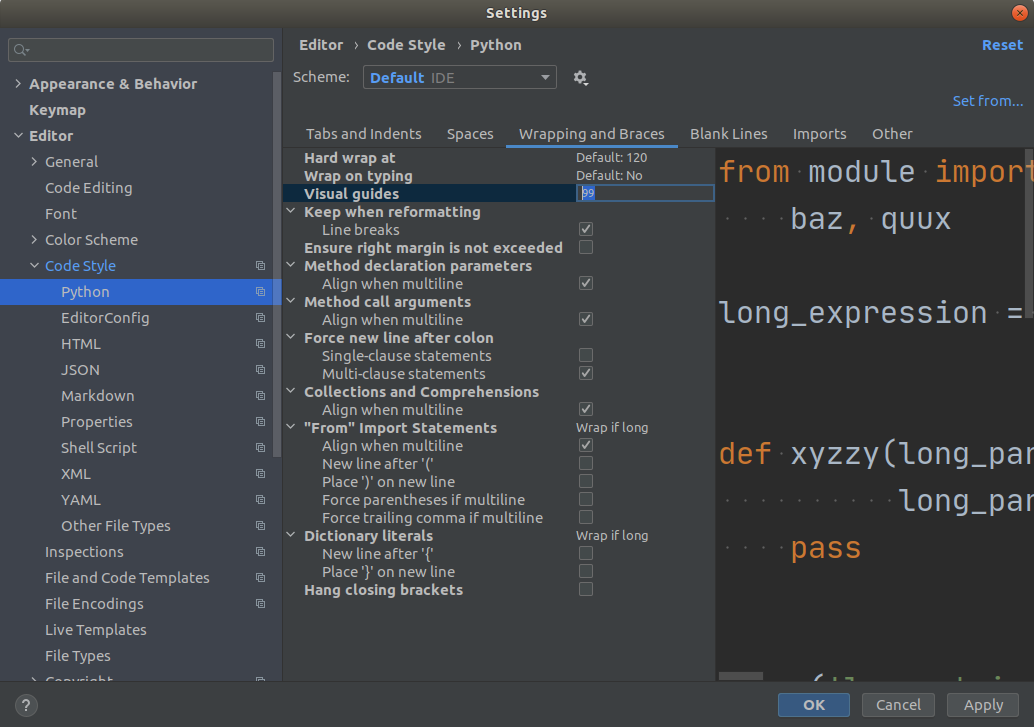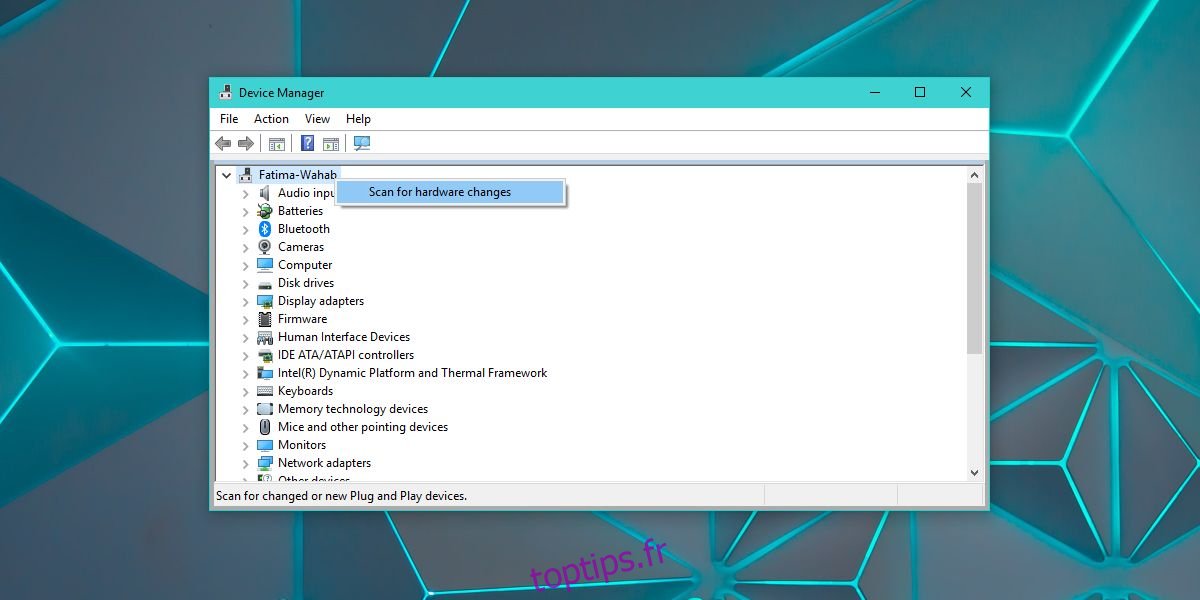
:max_bytes(150000):strip_icc()/001-add-a-second-monitor-2640288-b0161f5e67af4431a5e96b7389afe4d0.jpg)
- #^COMMENTER UNE SECTION SUR PYCHARM WINDOWS HOW TO#
- #^COMMENTER UNE SECTION SUR PYCHARM WINDOWS UPDATE#
- #^COMMENTER UNE SECTION SUR PYCHARM WINDOWS SOFTWARE#
- #^COMMENTER UNE SECTION SUR PYCHARM WINDOWS CODE#
If a virtual environment already exists, then it can be set as the Project SDK under Project Structure as described above. P圜harm can use virtual environments to run the project. I strongly recommend setting up a virtual environment for every Python project you develop. Virtual environments are especially useful when deploying Django web apps. Python Virtual EnvironmentsĬreating virtual environments is a great way to manage Python project dependencies. I prefer to do most Git actions like graphically through P圜harm, but occasionally I drop to the command line when I need to do more advanced operations (like checking commit IDs or forcing hard resets).

Personally, I use Git with either GitHub or Atlassian Bitbucket. For example, Git will have options for “Fetch”, “Pull”, and “Push”. Once you select a VCS for your project, the options will be changed to reflect the chosen VCS. Make sure to save the new Project SDK setting by clicking the OK button. If not, then you may need to create a new one – the SDK should be the Python installation directory or a virtual environment. Verify that a Project SDK is assigned on the Project tab. From the File menu, select Project Structure…. Nevertheless, it is possible to create Run Configurations for any Django admin command so that they can be run in the IDE instead of at the command line.įirst, make sure that a Project SDK is set. P圜harm Community Edition does not include the Django manage.py utility feature. > python manage.py runserver Creating Run Configurations I also created a few aliases for easier file searching.
#^COMMENTER UNE SECTION SUR PYCHARM WINDOWS UPDATE#
Typically, I switch to the command line to add new apps, make migrations, and update translations. P圜harm automatically refreshes any file changes almost immediately.

Running Commands from the Command Lineĭjango admin commands can be run from the command line. The files and directories will be visible in the Project Explorer view. It is possible to create this content manually through P圜harm, but it is recommended to use the standard Django commands instead, as shown in Part 1 of the official Django tutorial. Creating Django Projects and Appsĭjango projects and apps require a specific directory layout with some required settings. Any required Python packages (namely Django) should be installed via pip. If you are not sure which version of Python to use, I strongly recommend Python 3. Python and P圜harm Community Edition must be installed on the development machine.
#^COMMENTER UNE SECTION SUR PYCHARM WINDOWS SOFTWARE#
Experience with JetBrains software like P圜harm and IntelliJ IDEA is helpful but not required. Readers should also be comfortable with the command line for a few actions, specifically for Django admin commands. As such, readers should be familiar with Python and the Django web framework. This guide focuses specifically on configuring P圜harm Community Edition for Django development.
#^COMMENTER UNE SECTION SUR PYCHARM WINDOWS CODE#
I also recommend considering Visual Studio Code as an alternative, as shown in my article Django Projects in Visual Studio Code. Due to the limitations in the free version, I recommend it only for small Django projects or for hobbyists who want to play around. This guide covers setup steps, basic actions, and feature limitations based on my own experiences. Personally, I’ve been using the free version of P圜harm to develop a small web site for a side business of mine. Even though Django-specific features are available only in P圜harm Professional Edition, it is still possible to develop Django projects using the free version with help from the command line.
#^COMMENTER UNE SECTION SUR PYCHARM WINDOWS HOW TO#
This guide shows how to develop Django web projects using P圜harm Community Edition. The Professional Edition isn’t cheap, though: a license for one user may cost up to $199 annually (though discounts and free licenses may be available). The free Community Edition provides basic features akin to IntelliJ, while the licensed Professional Edition provides advanced features such as web development and database tools. P圜harm is available as a standalone IDE or as a plugin for its big sister, IntelliJ IDEA. It’s smooth and intuitive – a big step up from Atom or Notepad++ for big projects. JetBrains P圜harm is one of the best Python IDEs around.


 0 kommentar(er)
0 kommentar(er)
